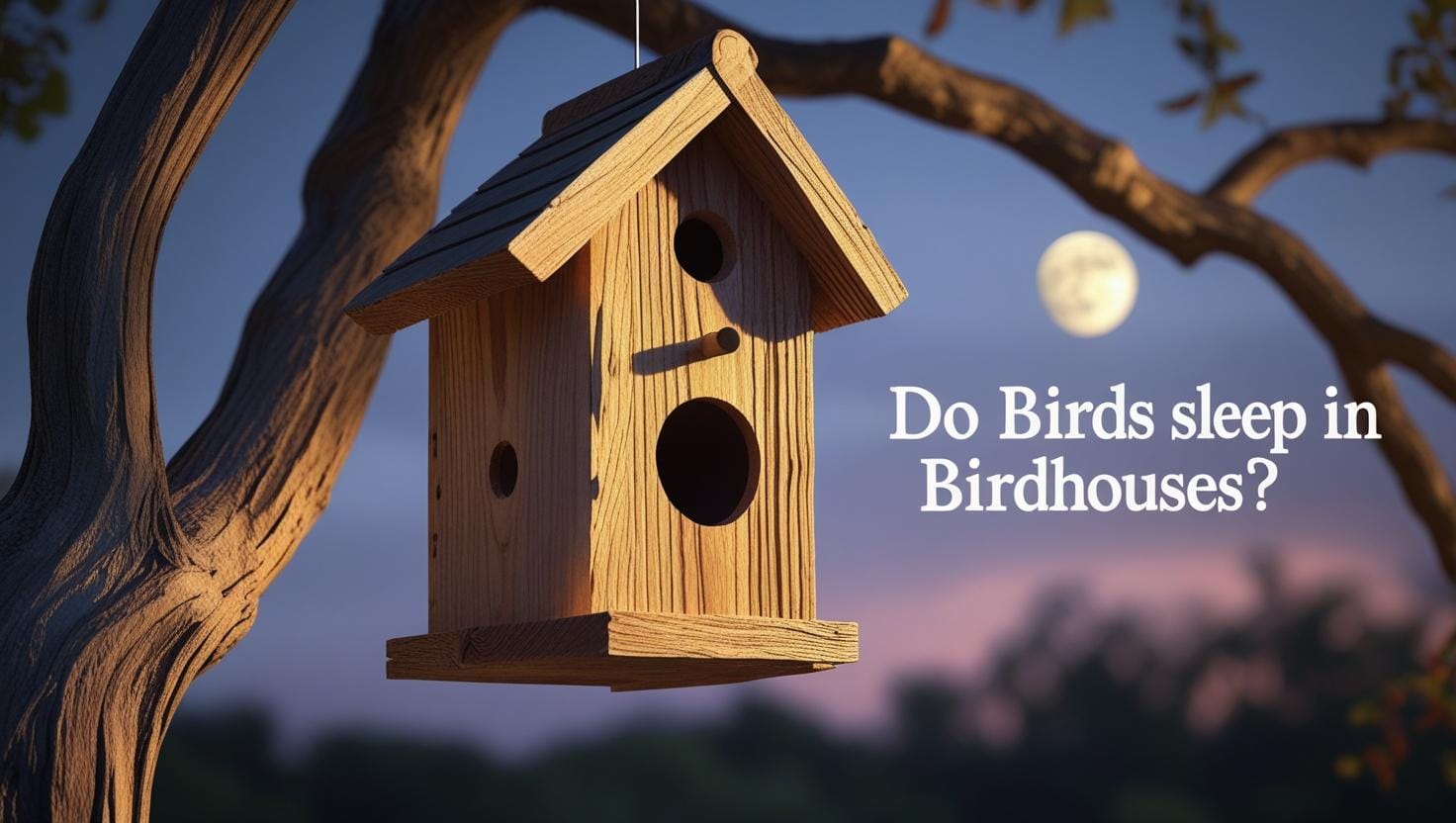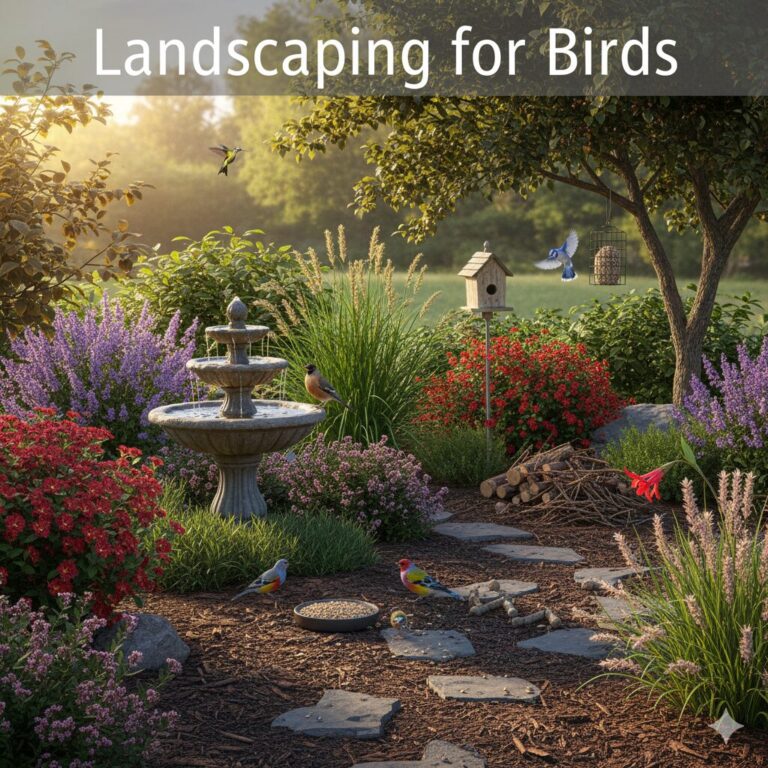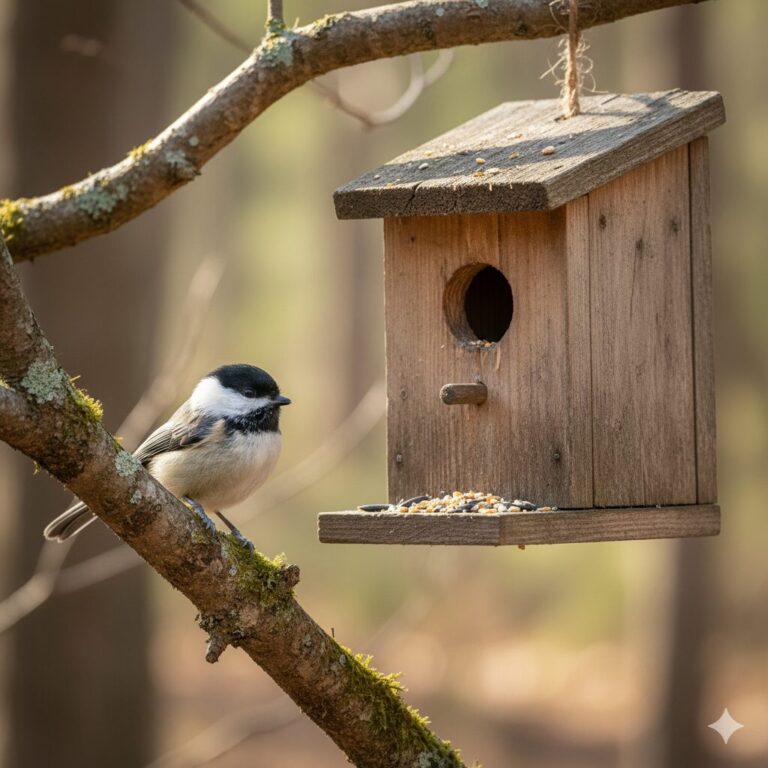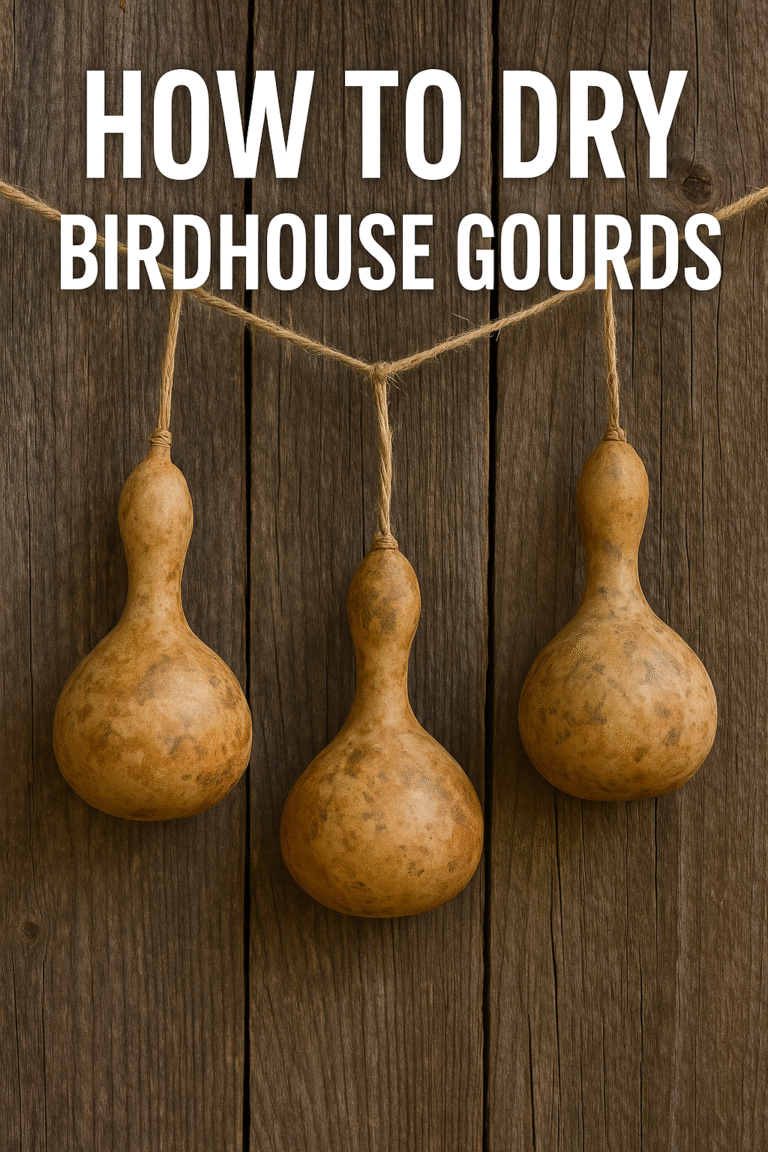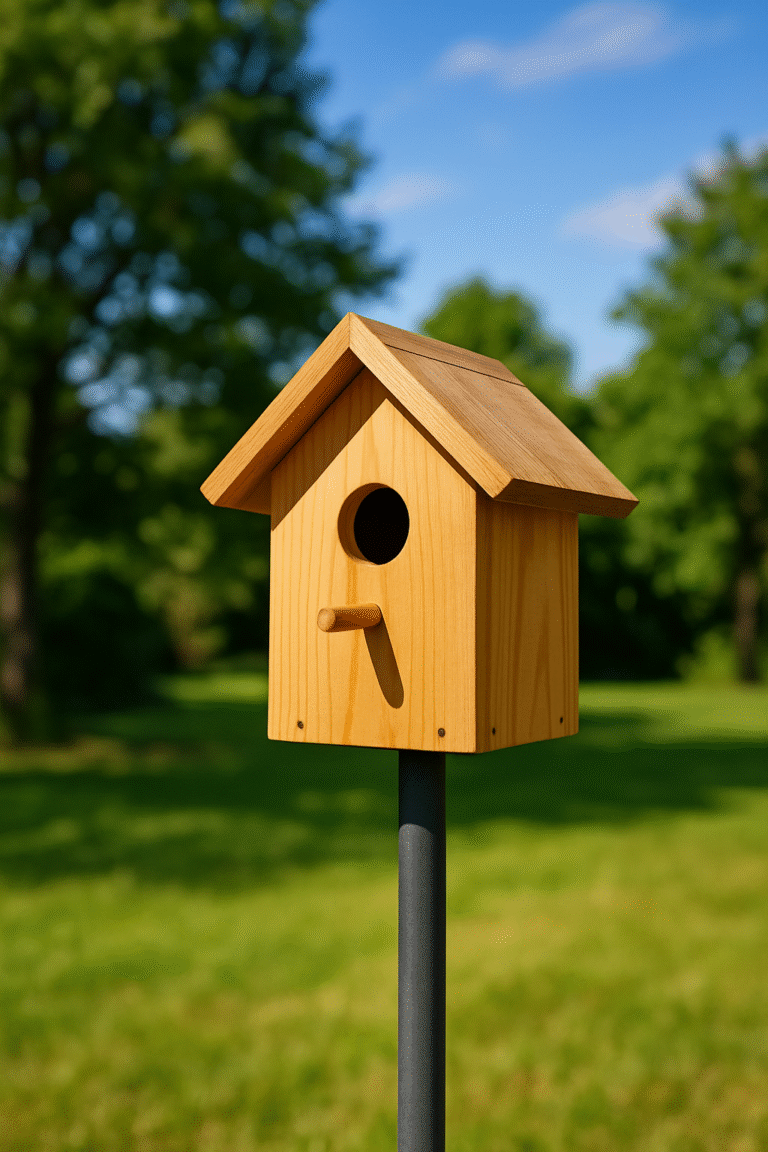Many backyard bird lovers assume that if birds nest in a birdhouse during breeding season, they also sleep there every night. But the truth is more complex. Birds sometimes sleep in birdhouses, but it depends on species, season, temperature, and how safe the cavity feels.
This guide explains exactly when birds use birdhouses for sleep, which species prefer them, and how to set yours up correctly for nighttime roosting.
Do Birds Sleep in Birdhouses?
Yes, some birds do sleep in birdhouses, but mostly during cold weather or when they need shelter from predators.
Outside the breeding season, many birds prefer natural roosting spots such as:
- Dense evergreen trees
- Thick shrubs
- Tree cavities
- Tall grass or reeds
- Under eaves or porch roofs
A birdhouse becomes a sleeping place only if it offers warmth, safety, and protection.
When Birds Will Sleep in Birdhouses
Birds typically sleep in birdhouses when the conditions demand extra shelter. Here are the most common reasons:
1. Cold Winter Nights
During winter, small songbirds lose heat quickly. A birdhouse works like a micro-shelter, protecting them from:
- Freezing temperatures
- Wind chills
- Snow and rain
Some species may even roost in groups inside a birdhouse for shared warmth.
2. Rainstorms and Harsh Weather
When weather becomes unpredictable, birds instinctively seek enclosed spaces.
Birdhouses provide a safe emergency refuge compared to exposed branches.
3. Safety From Predators
Nighttime predators include:
- Owls
- Raccoons
- Cats
- Snakes
A secure birdhouse with the right entrance hole size and height gives birds a more protected place to sleep.
4. During the Nesting Season
Birds absolutely sleep in birdhouses during the breeding cycle because:
- The mother incubates the eggs
- Parents stay nearby to protect chicks
- Chicks sleep inside until fledging
But once nesting season ends, many species stop using the birdhouse unless it’s suitable for roosting.
Which Birds Sleep in Birdhouses?
Not all birds are cavity sleepers. The ones that do fall into two categories:
Birds That Commonly Sleep in Birdhouses
- Chickadees
- Bluebirds
- Wrens
- Nuthatches
- Titmice
- Sparrows
- Tree Swallows (seasonal)
These birds naturally seek tree holes or cavities, so birdhouses feel familiar to them.
Birds That Rarely Sleep in Birdhouses
These species prefer trees or shrubs:
- Robins
- Doves
- Cardinals
- Finches
- Blackbirds
- Jays
They may use dense foliage or hidden branches instead.
How to Make a Birdhouse Suitable for Sleeping
To encourage birds to sleep (and even roost) in your birdhouse, follow these guidelines:
1. Add a Roosting Perch or Interior Grooves
Most nesting boxes don’t include perches because they attract predators.
BUT roosting boxes are different, they include:
- Interior perches
- Rough walls
- Multiple birds can cling or perch inside
If it’s a regular birdhouse, interior grooves help birds climb inside and perch safely.
2. Ensure the Entrance Hole Size Matches the Bird
Every species needs a specific hole size, for example:
- Bluebirds: 1.5 inches
- Chickadees: 1 1/8 inches
- Wrens: 1 inch
A proper hole size keeps predators out and invites the right birds in.
3. Provide Ventilation and Drainage
A good roosting/sleeping box should include:
- Top ventilation holes (but not too drafty)
- Drainage holes in the bottom
- Thick wood for insulation
Poor ventilation leads to condensation, uncomfortable for sleeping birds.
4. Mount the Birdhouse Correctly
To make birds feel safe sleeping inside:
- Height: 5–10 feet off the ground
- Direction: Face away from prevailing winds (usually east or southeast)
- Location: Quiet area, near trees but away from cats
5. Clean the Birdhouse Regularly
Old nests can carry mites and bacteria.
Clean after each nesting season to encourage nighttime use in fall and winter.
Do Birds Use Birdhouses More in Winter?
Yes, MUCH more.
Winter roosting is extremely common, especially among:
- Chickadees
- Titmice
- Bluebirds
Many small birds will even group together inside a birdhouse to stay warm. Some roosting boxes can hold 10–12 birds on freezing nights.
Why Some Birds Avoid Sleeping in Birdhouses
Even with a perfect box, some birds still prefer natural cover. Why?
- Natural instinct: Birds evolved to sleep in trees and shrubs, not human structures.
- Too warm in summer: Birdhouses can trap heat, making them uncomfortable.
- Disturbance: Noisy backyards, pets, or bright lights can scare birds away.
Signs a Bird Is Sleeping in Your Birdhouse
Look for:
- Droppings inside the box
- Feathers or down
- Scratches on the entrance
- Bird entering around sunset
- Bird exiting at sunrise
If you notice this pattern, your birdhouse is being used as a nighttime roost.
If you’re looking to help birds through harsh winter nights, you might also enjoy our guide on what to feed bluebirds in winter to keep them energized and thriving.
Conclusion
Birds do sleep in birdhouses, but not every night and not every species.
They are more likely to use them during:
- Cold winter nights
- Stormy weather
- Nesting season
- When seeking protection from predators
By offering a well-designed, clean, and safe birdhouse, you increase the chances of birds using it both for nesting and nighttime roosting.
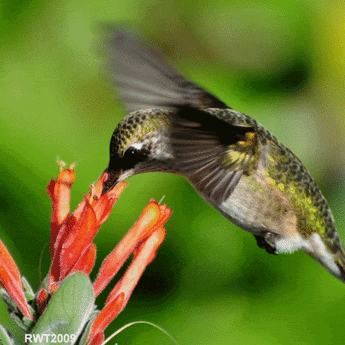
Sanom is a lifelong nature enthusiast and passionate backyard birder who has spent years observing bird behavior and building DIY birdhouses. With a deep curiosity for species like chickadees, wrens, and woodpeckers, he shares practical tips and heartfelt stories to help others attract, shelter, and appreciate the wild birds around them. Whether you’re crafting your first birdhouse or simply enjoying morning songbirds, Iftekhar’s guides on BirdHouseTales.com are designed to bring you closer to the magic of birdwatching.

